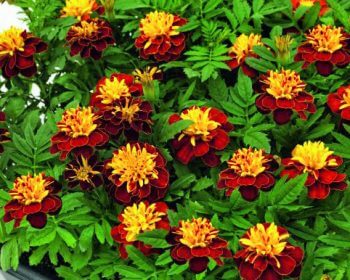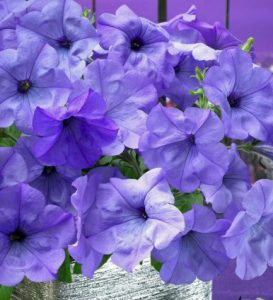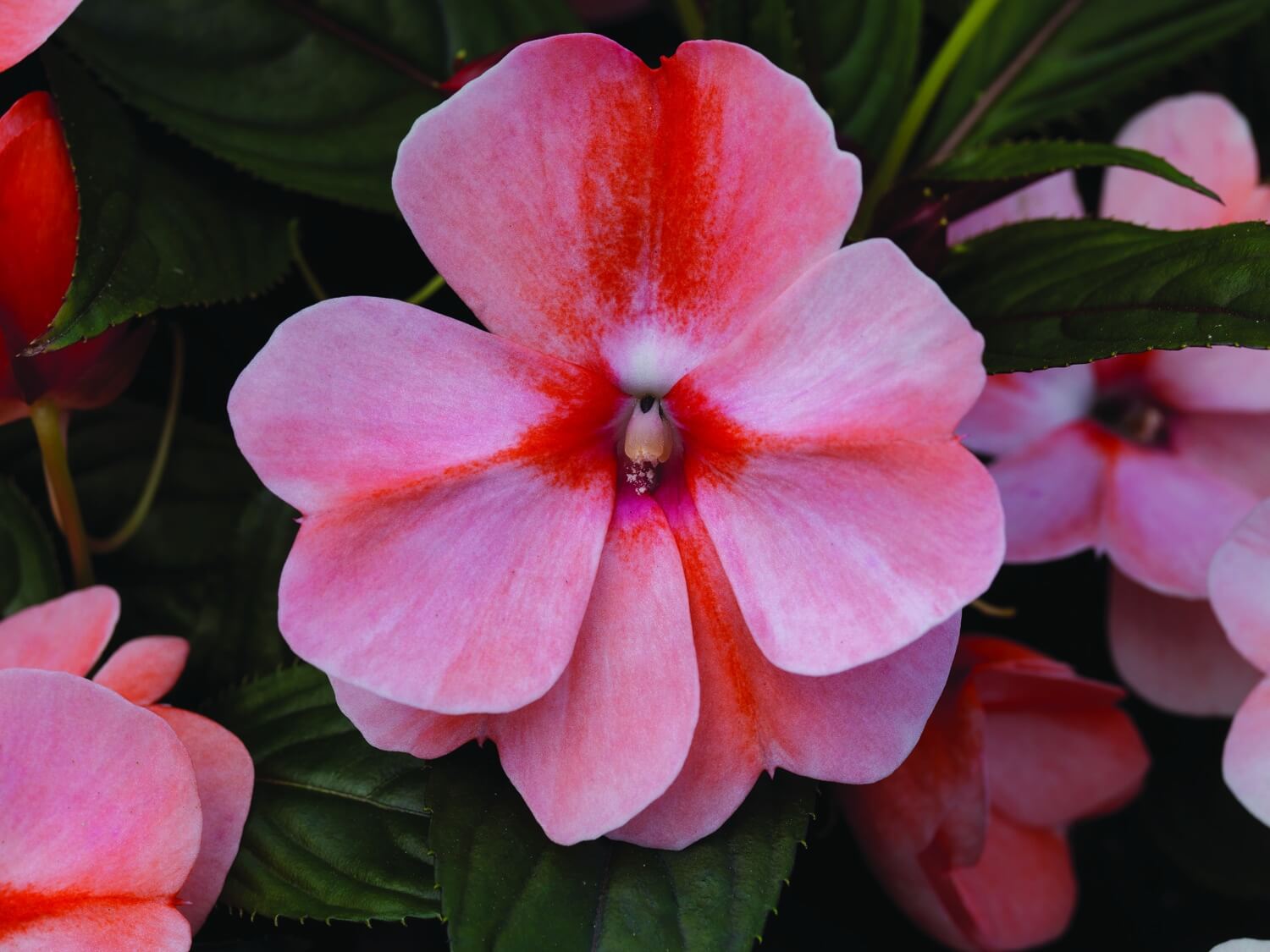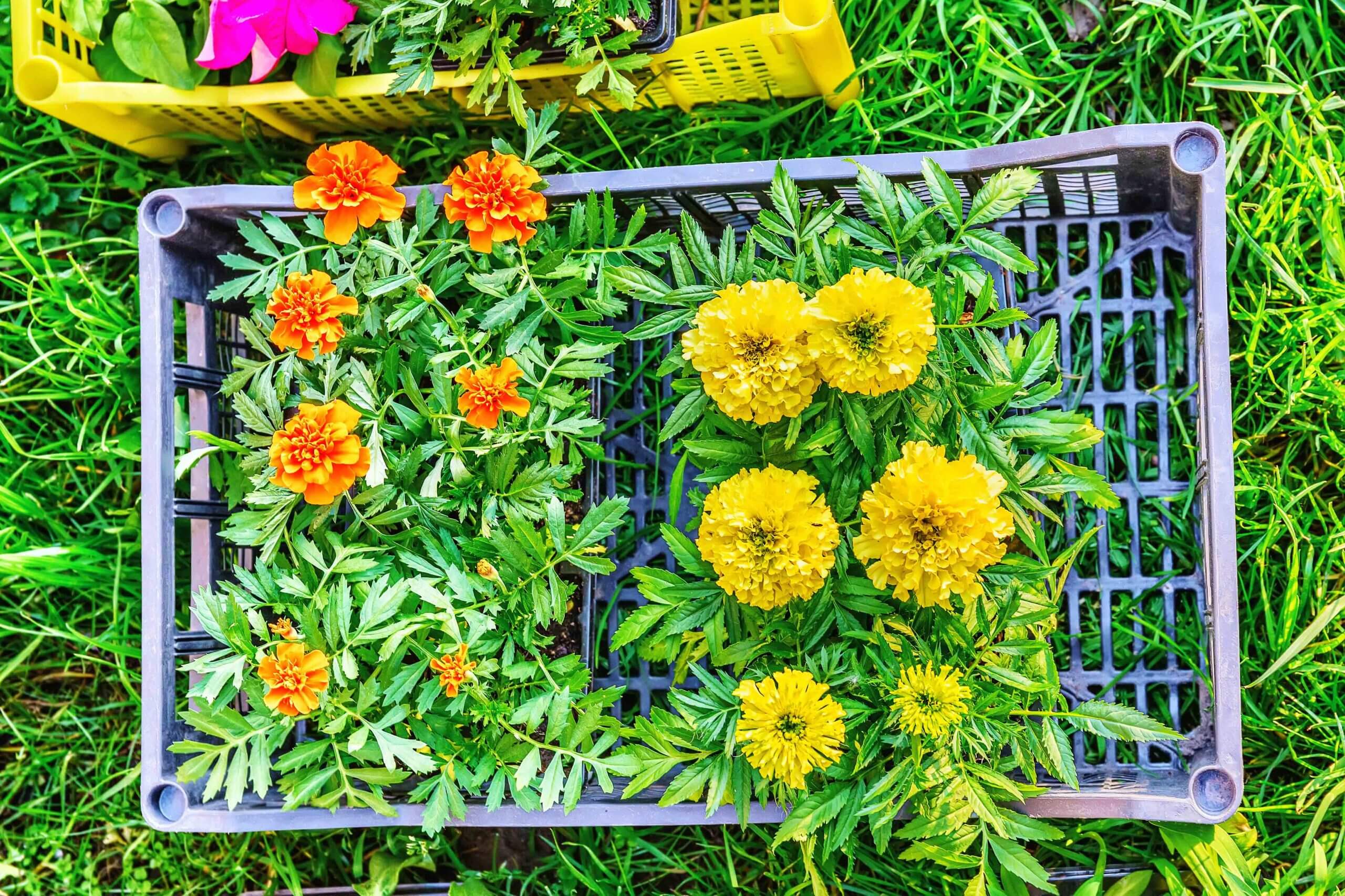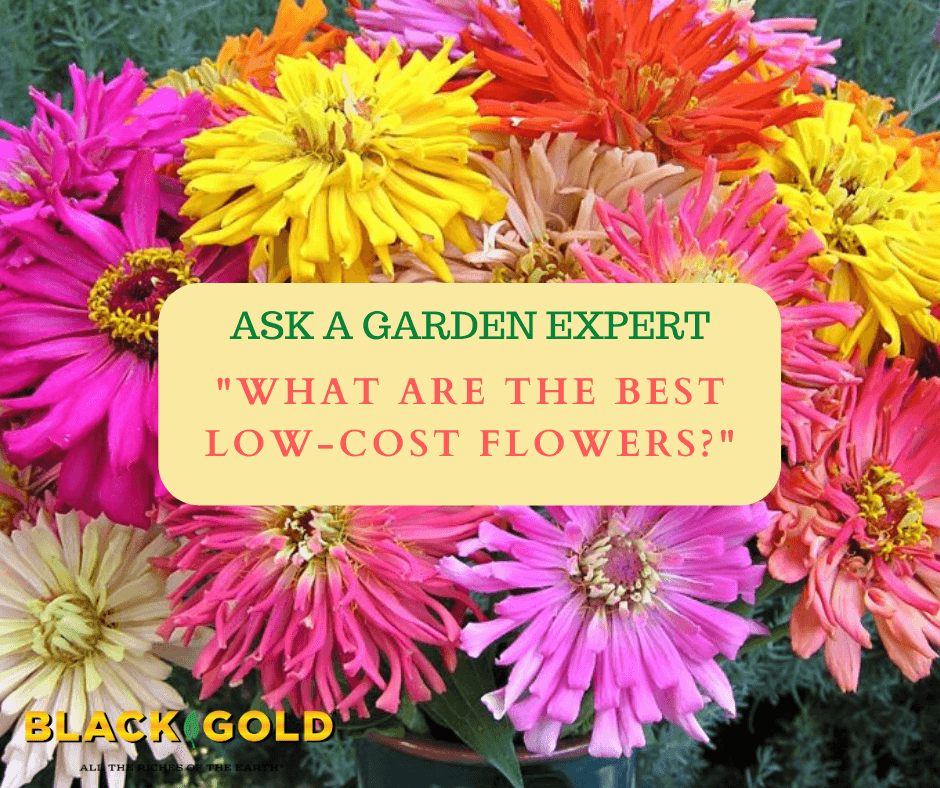
“On a tight budget, which flowers would you choose for zone 6b?” Question from Loretta of Utica, Kentucky
Answer: It is a good question in these days when many garden centers are closed or low on stock. The very best low-cost flowers are those annuals and perennials that are very fast-growing and quick to bloom from seed. A packet of seeds can cost as little as $2.50 and fill a garden with flowers. The best must also be easy to grow from seed, to ensure the gardener will see those flowers from germination to bloom. The seeds of a few annuals and perennials are easily started outdoors in the ground. They are generally large-seeded flowers with lots of stored food that sprout fast.
Here are the six best gardens flowers for lots of summer color at a very low cost. Every garden center, hardware store, or online seed vendor should carry seeds for these.
Best Low-Cost Flowers
Common Cosmos (Cosmos bipinnatus): The large pink, rosy-purple, or white daisies of these annuals never disappoint. Average varieties grow very tall–to 5 feet or more–and tend to fall over. That’s why I only grow compact forms. The best include Sonata Mix, which grows to 2.5 feet and has large flowers in all colors. ‘Cosimo Dancing Dolls’ is even shorter and has raspberry and white-striped flowers. There are many other compact varieties from which to choose, so peruse online seed sources for more.
Marigolds (Tagetes spp.): Pick a marigold, any marigold, and they will provide you with golden and orange flowers into fall. There are hundreds of varieties (click here to see a few), from large-flowered African marigolds to small-flowered French marigolds. They thrive in heat and never disappoint.
Morning Glories (Ipomoea hybrids): You can’t go wrong with these mid to late-summer flowering vines. The big pink, purple, blue, or white flowers open in the morning and close by the afternoon. My favorite is the very old-fashioned variety ‘Heavenly Blue‘, which has the clearest sky blue flowers with white and yellow throats. It is easy to find. If you have a fence or large trellis, consider planting a couple. The key to getting the large, black seeds to sprout quickly is to soak them overnight before planting. They have some toxicity, so do not let children plant them.
Purple Coneflowers (Echinacea purpurea, Zones 3-9): Here is one perennial garden flower that is easy to start and almost always blooms in the first summer when planted in spring. The little seedlings of purple coneflower will grow quickly, if given good care, and should bloom by mid to late summer with their big, purplish-pink daisies.
Sunflowers (Helianthus annuus): Sunflowers are about the easiest seeds that you can start outdoors. You just need to protect the young seedlings from hungry bunnies, starlings, or deer. There are many varieties of different sizes and in different shades of gold, orange, and burgundy. (Click here to see a nice mix.) They thrive in heat and generally start blooming by midsummer.
Zinnias (Zinnia hybrids): Zinnias are about as easy to grow as sunflowers and come in loads of different color mixes. I like the colorful zinnia blends from Renee’s Garden Seeds. They are ideal for cutting, love summer heat, bloom nonstop, especially with deadheading, and look pretty along the back of a flower bed.
Click here to read about award-winning flowers you can grow from seed, and click here for perennials that are easy to start from seed.
Planting These Easy Flowers
When planting seeds directly in the ground, you must prepare the soil and give them extra care. Make sure the spot where they are to be planted is weed-free, work up the soil, and amend it with Black Gold Garden Compost Blend or Canadian Sphagnum Peat Moss. Sprinkle the seeds on the soil and lightly sprinkle a little extra peat or compost on top. Then keep them moist until they sprout. The best time of year to do this is after your last frost date (click here to find yours).
You can also find some other low-cost options. Six-packs of annuals are very inexpensive, and in spring you can purchase bags of Dahlia tubers for very little money. They come in lots of colors and sizes and are very easy to grow. Their blooms are some of my favorite for cutting.
I hope these tips fill your garden with many flowers.
Happy gardening!
Jessie Keith
Black Gold Horticulturist


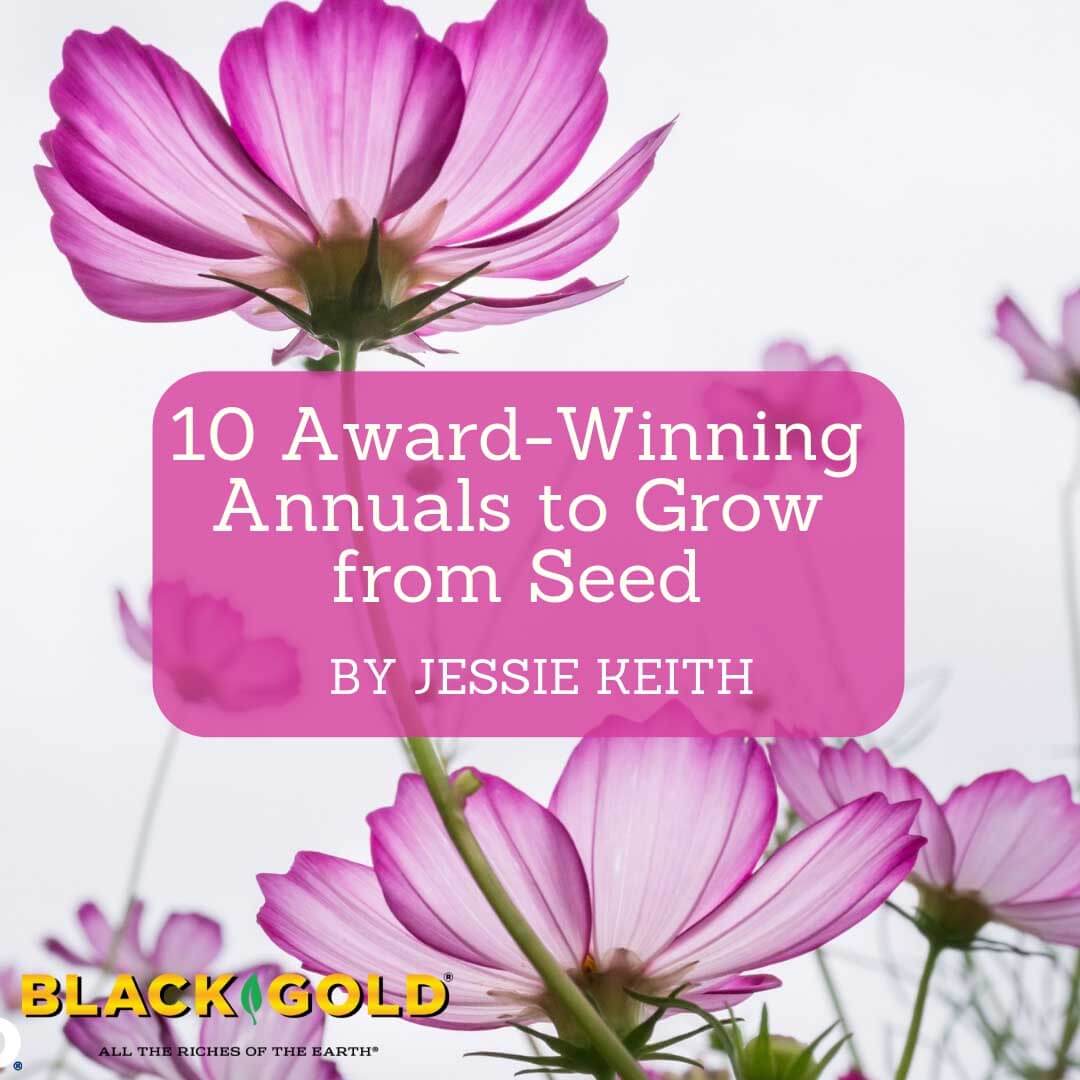
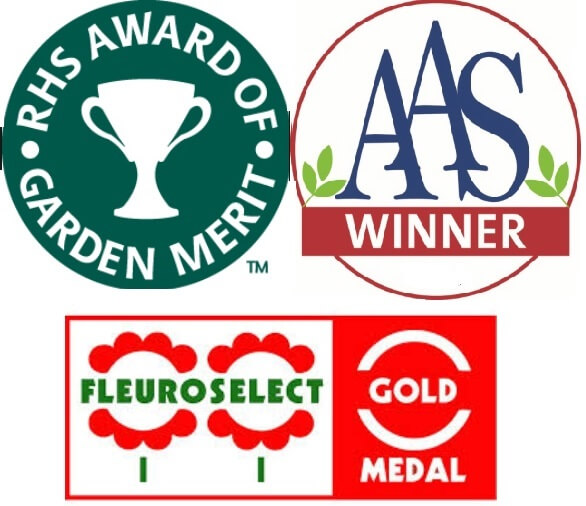 In the United States, the primary organization that tests and awards plants for performance is
In the United States, the primary organization that tests and awards plants for performance is 

